Knowing when to harvest indoor cannabis is vital. Harvest too early and you may be missing out on some valuable last-minute THC production and yield. Harvest indoor cannabis too late and you may find the effects of the cannabis are a little too ‘heavy’. Knowing how to correctly dry and cure your cannabis will ensure you retain the best taste from the terpenes. With a well timed harvest, dry and cure you will find the quality and satisfaction from your cannabis crop will increase significantly. Read on for more info.
Summary:
- Indoor cannabis crop harvest basics
- Typical time to harvest your indoor cannabis crop
- How to tell if your indoor cannabis plant is ready for harvest
- Pictures of indoor cannabis plants ready for harvest
- Tips for harvesting, curing and drying indoor cannabis
- What happens if you harvest indoor cannabis too early?
- How to maximise indoor cannabis harvest yield

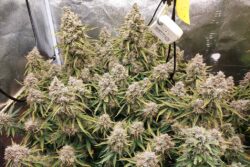






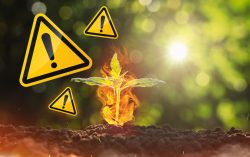
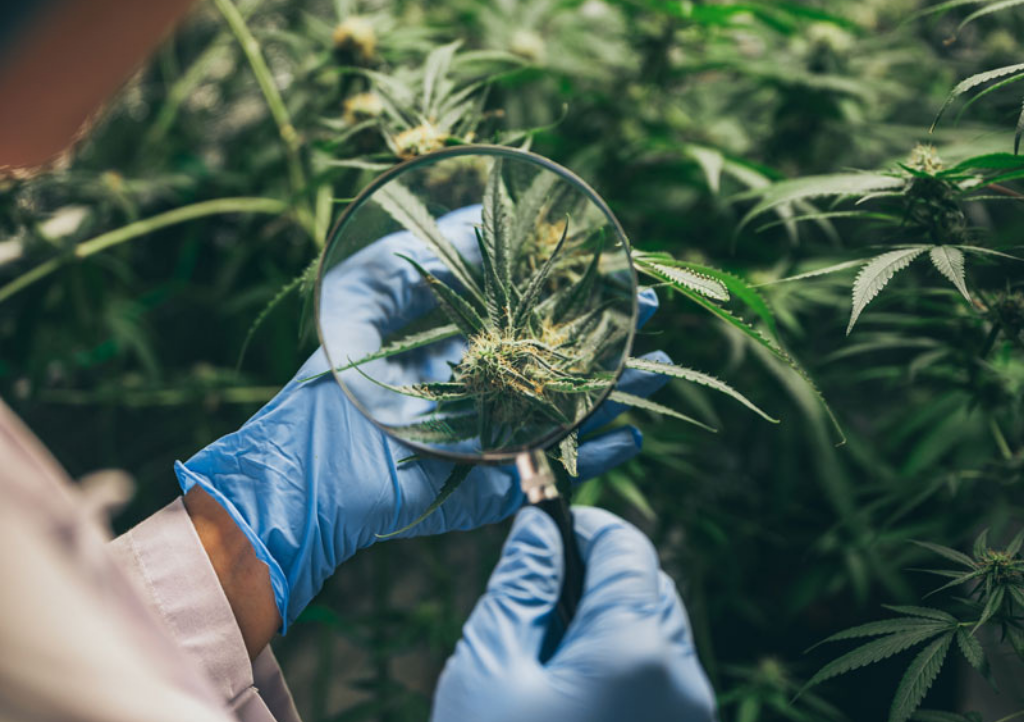
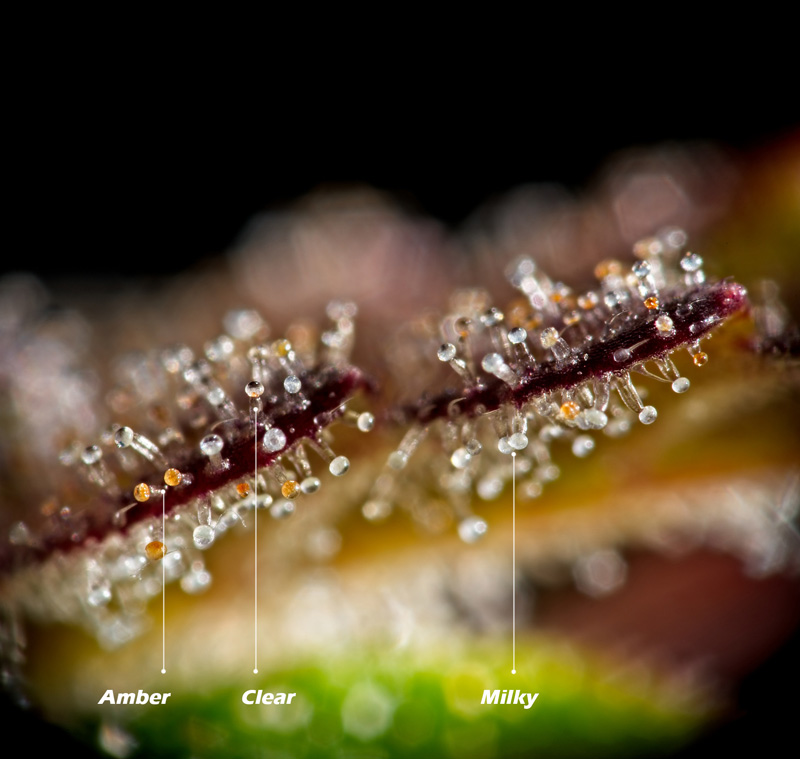
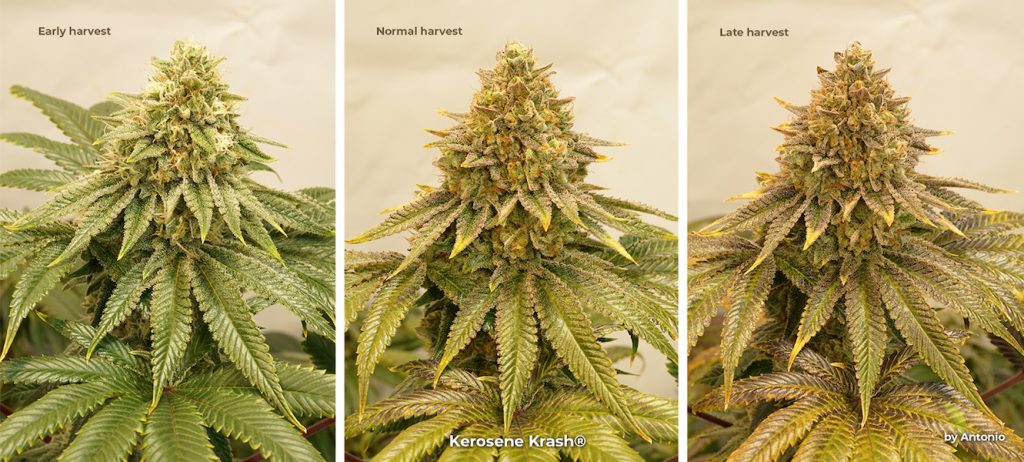


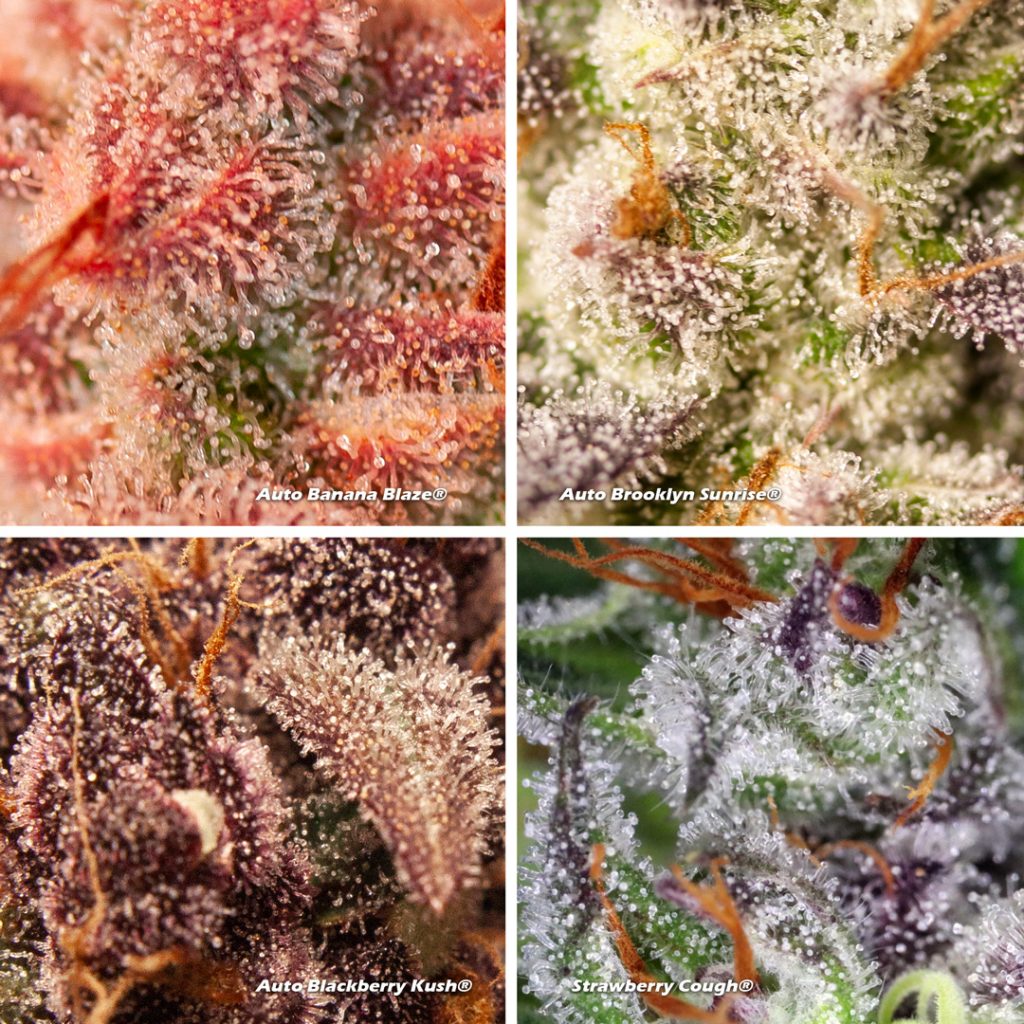
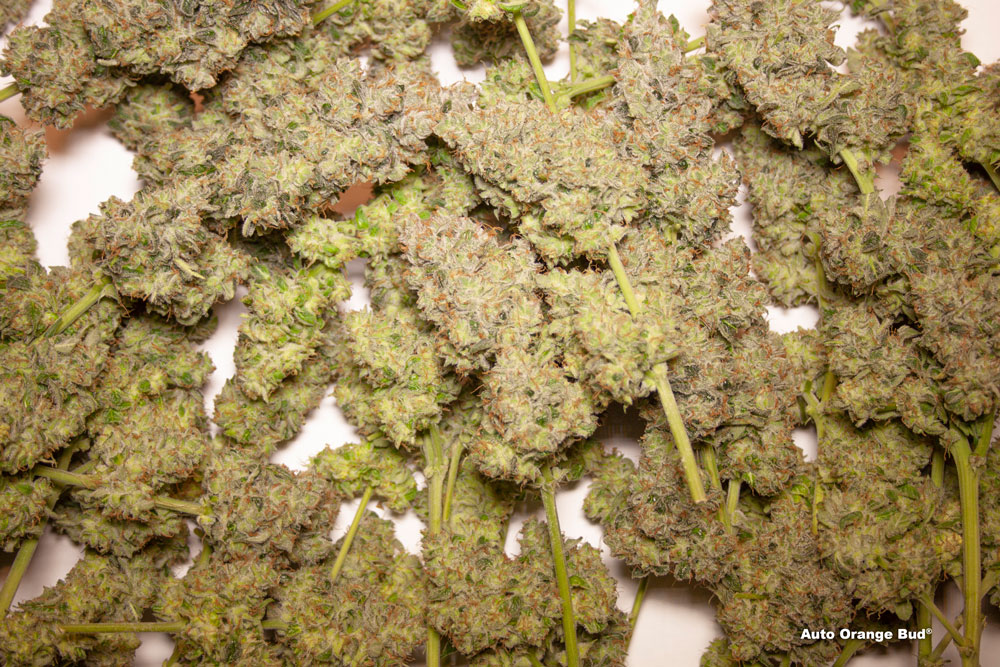
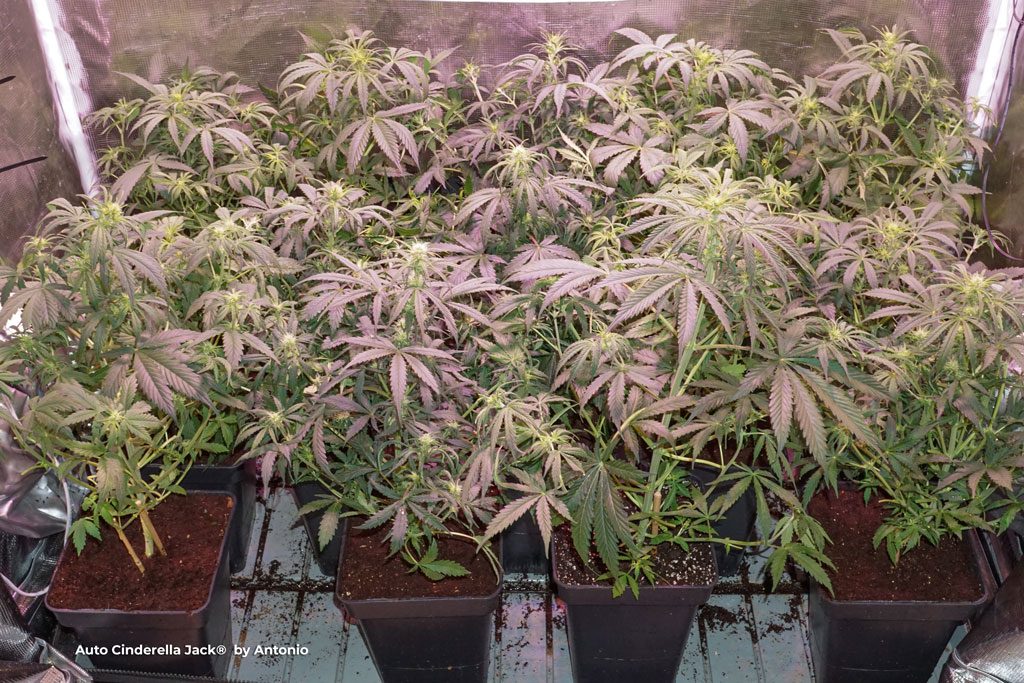
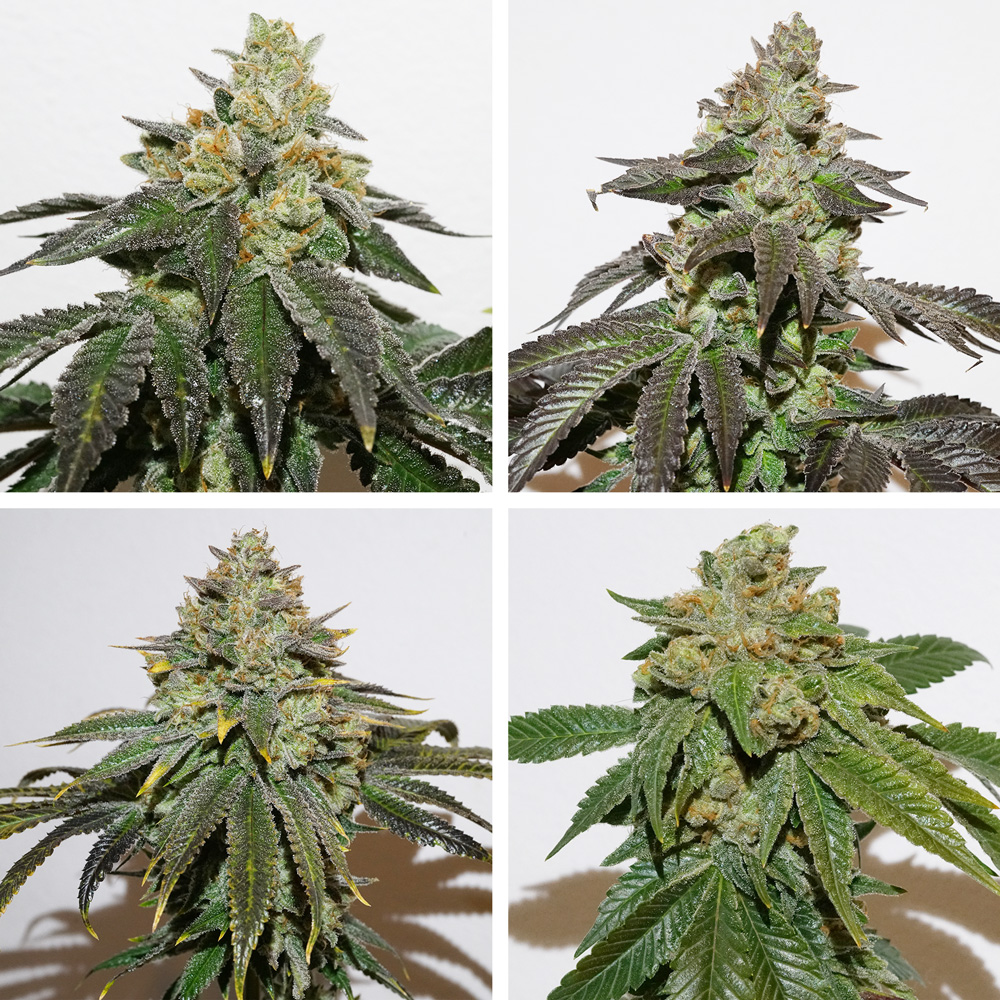







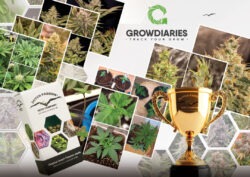


5 Comments. Leave new
good afternoon. when talking about curring jars do they mean mason jars ? my plants are budding now and i have been reading all the information on harvesting and drying . i have two beautiful plants . about how many jars do i need?
thank your website for my growing needs . Sandra Smith
Sandra, it has been my experience that a one quart canning (mason) jar will hold just about one ounce, give or take.
I am harvesting 8 plants and I would need cases of jars. Can I not just use turkey bags for curing
Best would be to have air tight glass placed in the dark to keep the best quality possible!
bud gardner has a very appropriate name lol